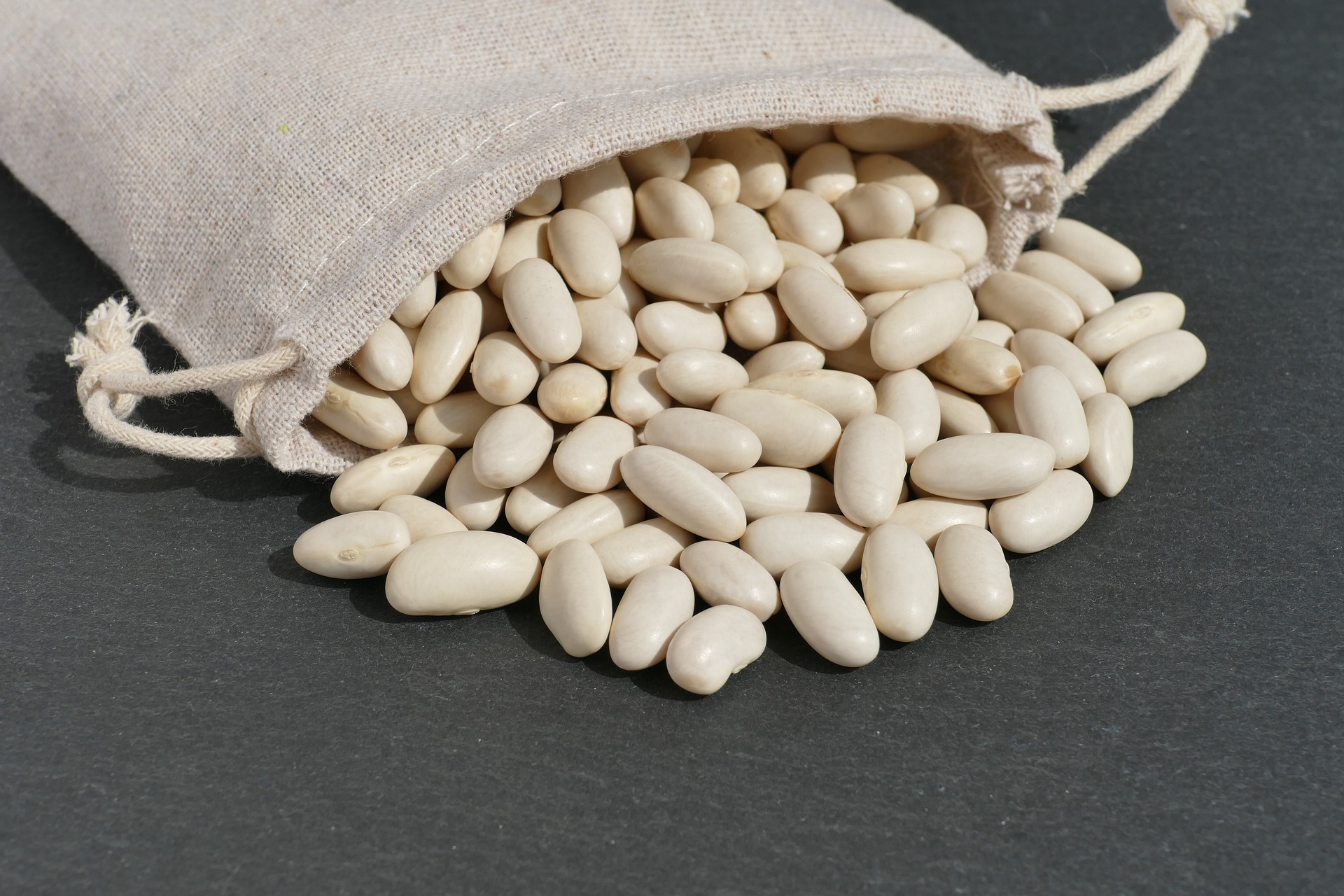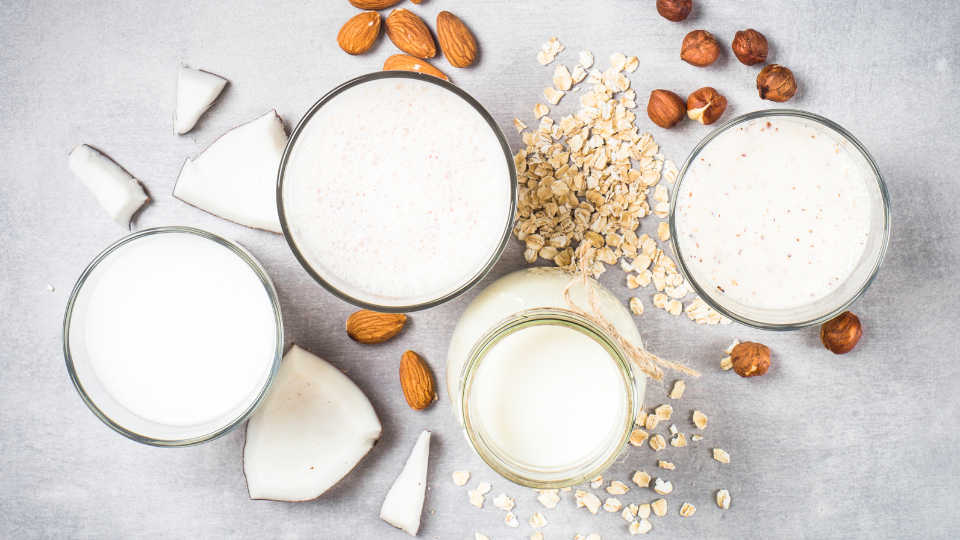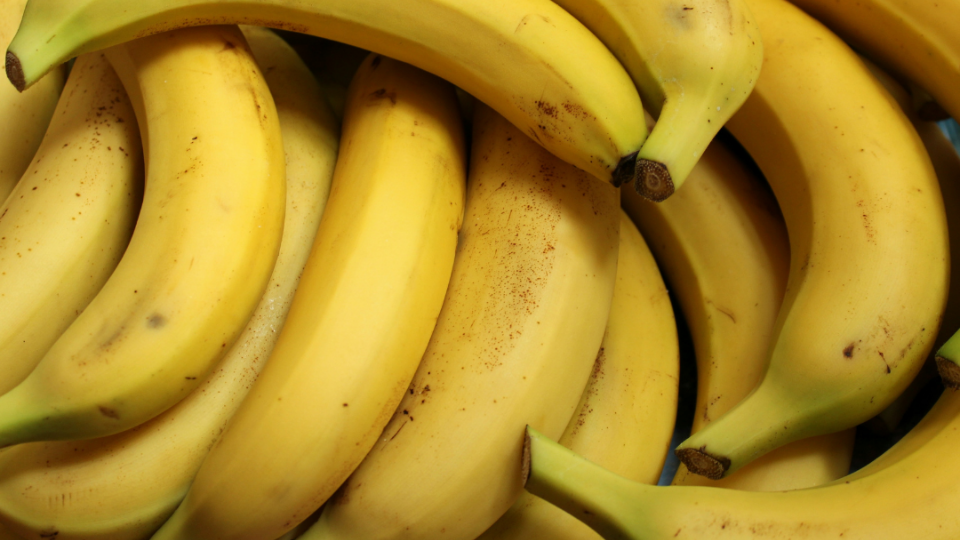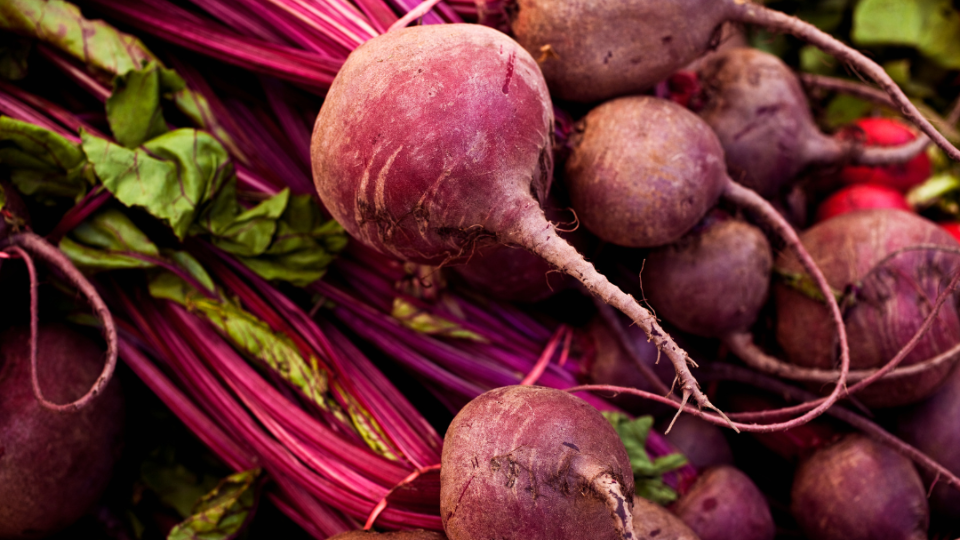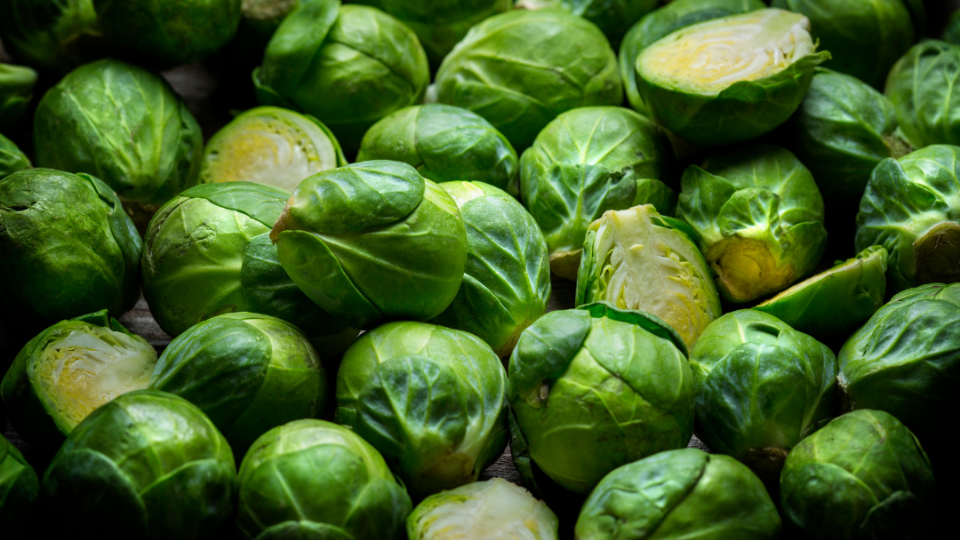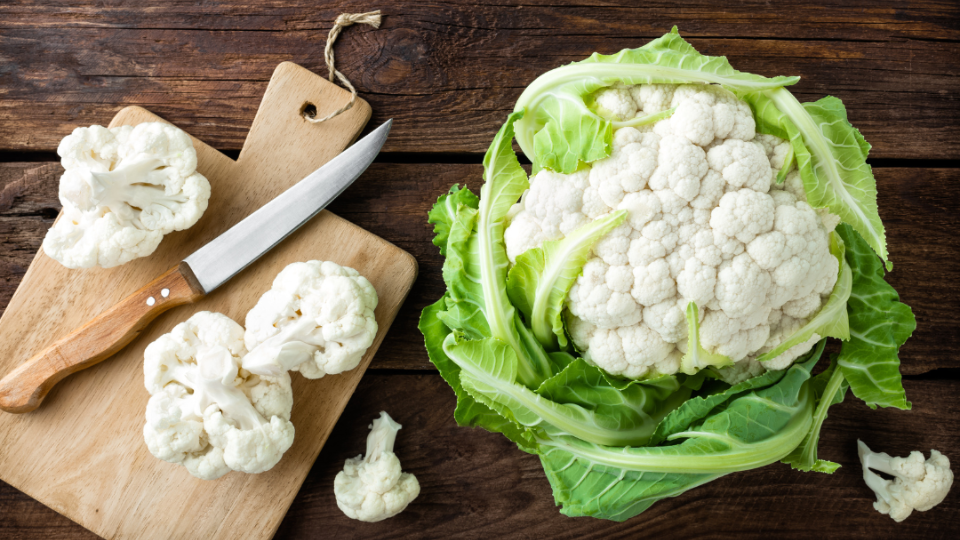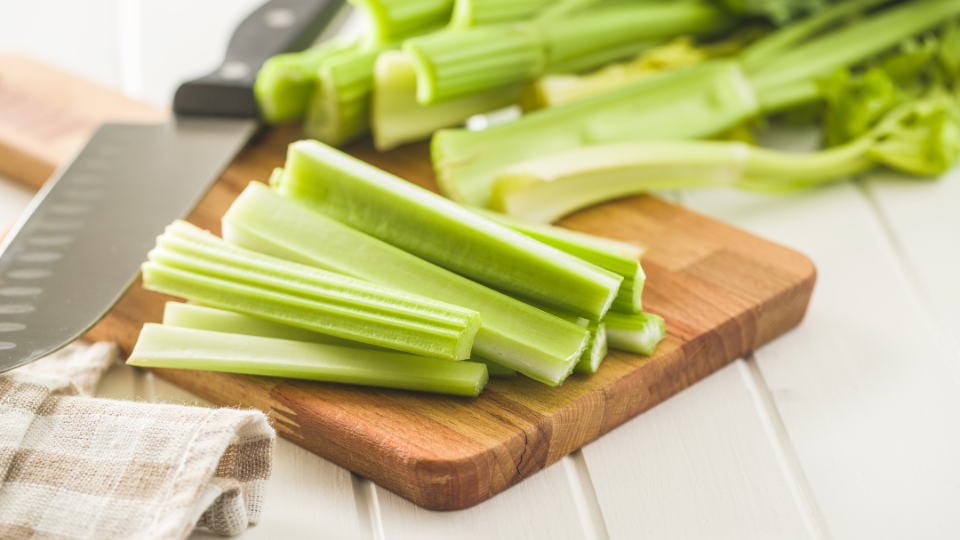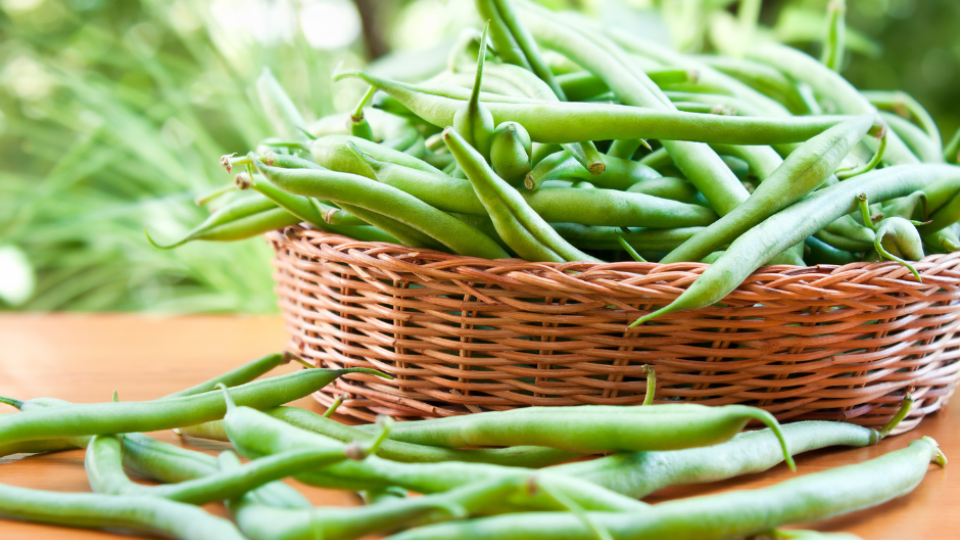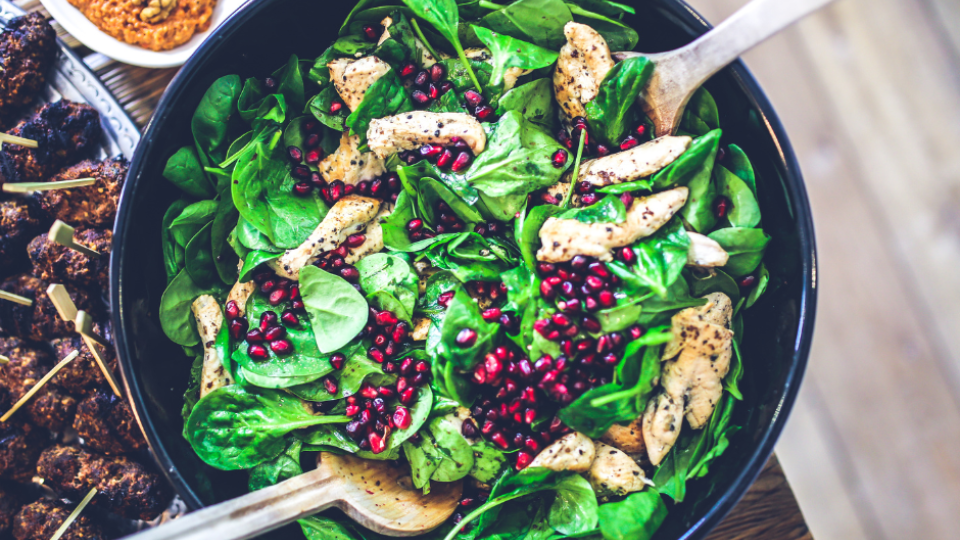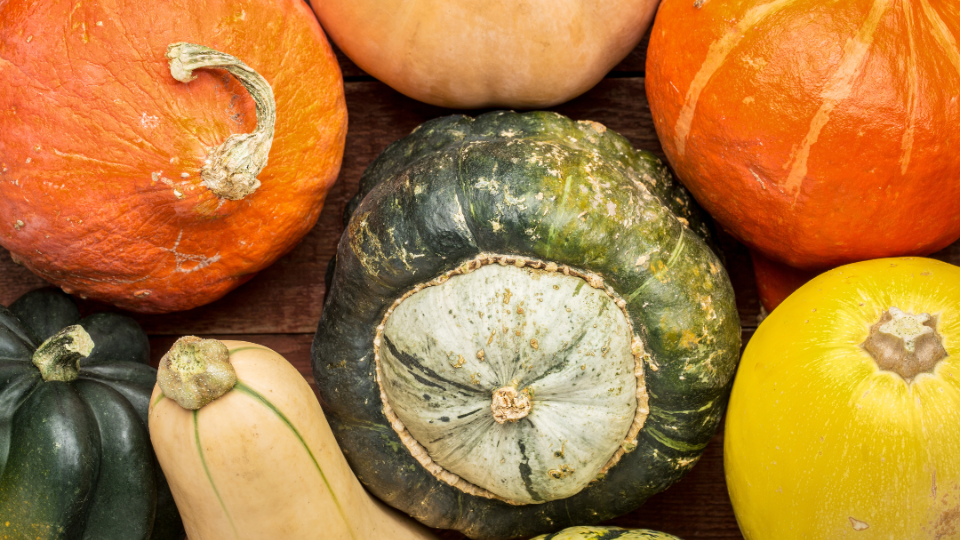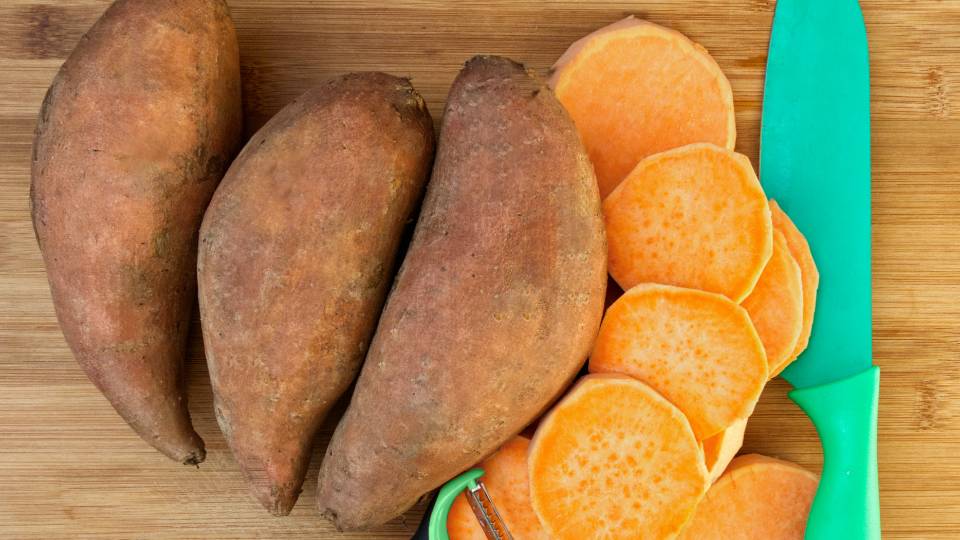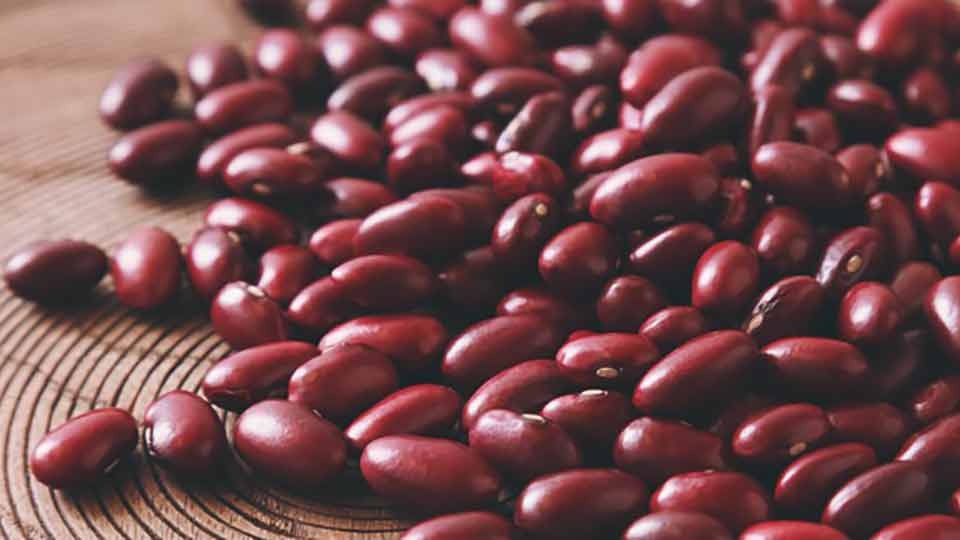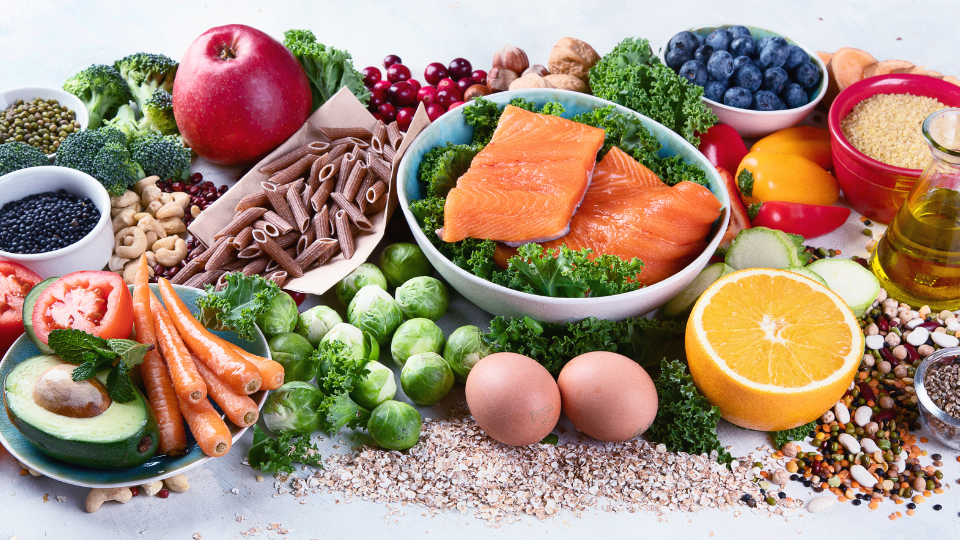Navigating Dietary Fats: Understanding, Selection, and Usage
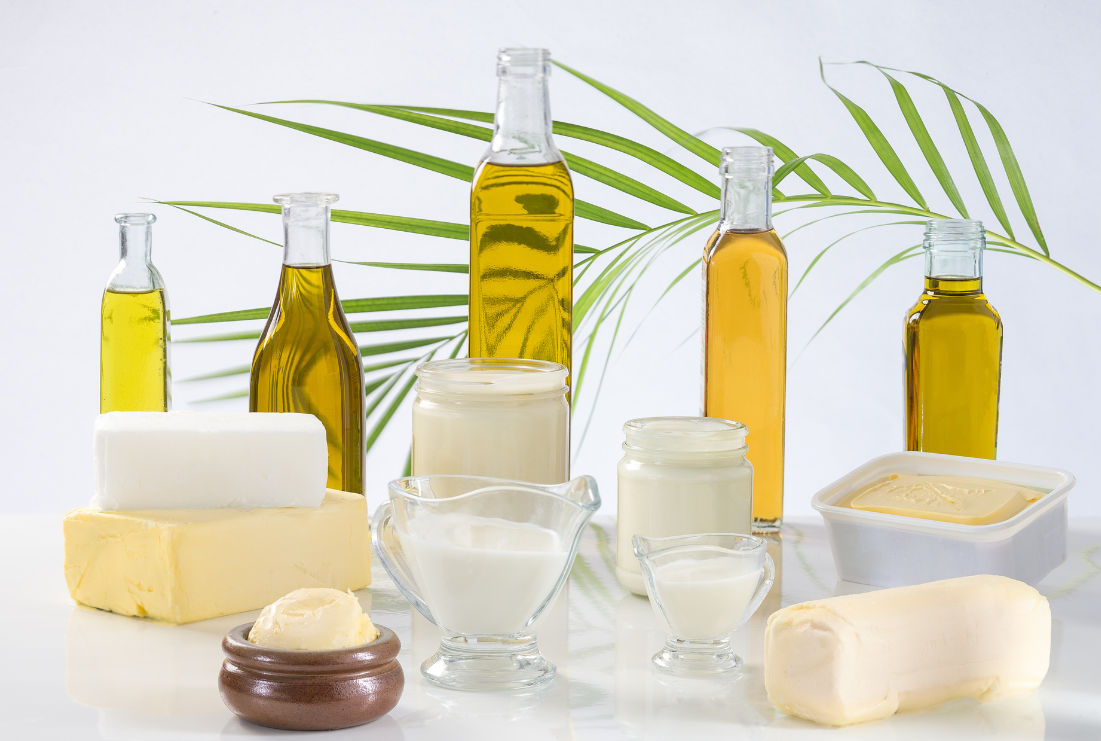
Dietary fats are often misunderstood which leads to misconceptions about their role in a diet and their effects on health. Scientific research has provided increased understanding of the relationship between different types of dietary fats and their impact on our well-being. This knowledge is crucial for making informed decisions about the fats we consume, both for cooking and overall health.
At the most basic level, a fat molecule consists of fatty acids. All foods contain fatty acids in different ratios. The arrangement of carbon and hydrogen molecules in each fatty acid determines whether it is a saturated, polyunsaturated, or monounsaturated fat. Saturated fatty acids are packed with hydrogen molecules resulting in a straight and rigid structure. Because the fatty acids are linear and rigid, they stack together in a tight structure that keeps saturated fat solid at room temperature. Saturated fats are found in animal products such as butter, lard, red meats, cheese, and full fat dairy as well as a few plant-based sources like coconut oil and palm oil. Eating large amounts of saturated fats can often have damaging effects on health.
In contrast, unsaturated fatty acids are missing one (monounsaturated fatty acid) or more (polyunsaturated fatty acid) hydrogen molecules. Their fluid nature at room temperature distinguishes them from saturated fats. The flexible structure of unsaturated fatty acids plays a vital role in protecting cell walls, supporting healthy body function, and reducing the risk of certain diseases by offering protective benefits to the body. Foods rich in unsaturated fatty acids include oils, nuts, seeds, avocados, fish, and shellfish. Olive oil is a popular unsaturated fat known for its high monounsaturated fatty acid content which offers significant health benefits including reduced cancer risk. Canola oil, another favorable option, provides similar advantages with a milder flavor suitable for cooking a variety of foods.
Vegetable oils contain high levels of polyunsaturated fatty acids and are not as preferred as monounsaturated oils. Although polyunsaturated fatty acids offer protective benefits, eating them more often than eating monounsaturated fatty acids may increase inflammation in the body and elevate the risk for chronic disease. Nonetheless, eating more polyunsaturated fat is still healthier than eating large amounts of saturated fats.
When choosing fats for baking and cooking, it is essential to recognize that not all fats will produce the desired results in a recipe. Below you will find a guide to help you choose the best fat for the food you are making.
|
Type of Fat |
Best Cooking/Baking Use |
Worst Cooking/Baking Use |
|
Olive Oil (monounsaturated) |
Sautéing* (vegetables, meats, noodles) Roasting (vegetables) Baking (savory) Salad dressings |
Sweet baked goods (brownies, cookies, cakes) Deep fat frying (has a low smoke point*) |
|
Canola Oil (monounsaturated) |
Sautéing (vegetables, meats, noodles) Roasting* (vegetables) Deep Fat Frying Baking (sweet or savory) Salad dressings |
|
|
Vegetable, |
Sautéing* (vegetables, meats, noodles) Roasting (vegetables) Deep Fat Frying Baking (sweet or savory) |
Salad dressings (strong flavor) |
|
Butter |
Baking cookies, pies, and cakes (flavor and texture) Sauces Roux* Candy |
Sautéing* (butter burns at higher temperatures)
|
|
Margarine |
Baking cookies and cakes
|
Sautéing* Roasting* Candy making (too much water) |
|
Coconut Oil |
Sautéing* (vegetables, meats, noodles) Baking cookies and cakes (will taste like coconut)
|
|
|
Shortening |
Baking cookies, pies, and cakes |
|
* Smoke point is the point at which an oil will start to burn. All cooking oils will smoke at different temperatures. A higher smoke point means the oil can get hotter before it starts to burn. * Roux is a simple mixture of fat and starch that thickens sauces, stew, and soups. * Sautéing is a cooking method that cooks food quickly, at a high temperature on a stove-top or burner. * Roasting is a cooking method that cooks food at a high temperature in an oven.
There is often some confusion regarding the difference between butter and margarine. Both are solid at room temperature and they both act as a plastic fat, meaning they can be whipped to add air and leavening to baked goods. Butter is a saturated fat as it naturally contains a high ratio of saturated fatty acids. Margarine is a man-made product that is high in unsaturated fatty acids. However, margarine also contains several additives that are needed to mimic the function and structure of butter (Butter vs. Margarine, 2006). Although both products have similar outcomes in baking, butter is often preferred for its superior function and flavor. Due to its high saturated fat content, butter should be used sparingly.
In conclusion, determining the best fat to eat or use in cooking and baking is not always easy. Experience using different fats in food preparation can improve the ability to know which one is best. By making informed decisions and striking a balance between various types of fats, dietary choices can be optimized for both enjoyment and well-being.
References
- Butter vs. Margarine. (2006, June 6). Harvard Health. https://www.health.harvard.edu/staying-healthy/butter-vs-margarine
- Godman, H. (2021, June 1). Expand your healthy cooking oil choices. Harvard Health. https://www.health.harvard.edu/staying-healthy/expand-your-healthy-cooking-oil-choices
- Healthy Cooking Oils. (n.d.). Www.Heart.Org. Retrieved April 30, 2024, from https://www.heart.org/en/healthy-living/healthy-eating/eat-smart/fats/healthy-cooking-oils
- Program, U. of H. at M. F. S. and H. N. (n.d.). How Lipids Work. Retrieved April 30, 2024, from https://pressbooks.oer.hawaii.edu/humannutrition/chapter/how-lipids-work/
- Saturated Fat. (n.d.). Www.Heart.Org. Retrieved April 30, 2024, from https://www.heart.org/en/healthy-living/healthy-eating/eat-smart/fats/saturated-fats
- Sokoła-Wysoczańska, E., Wysoczański, T., Wagner, J., Czyż, K., Bodkowski, R., Lochyński, S., & Patkowska-Sokoła, B. (2018). Polyunsaturated Fatty Acids and Their Potential Therapeutic Role in Cardiovascular System Disorders—A Review. Nutrients, 10(10), 1561. https://doi.org/10.3390/nu10101561
Authors
April Litchford, Ph.D., RDN, Extension Assistant Professor, Utah State University
Related Nutrition Articles





